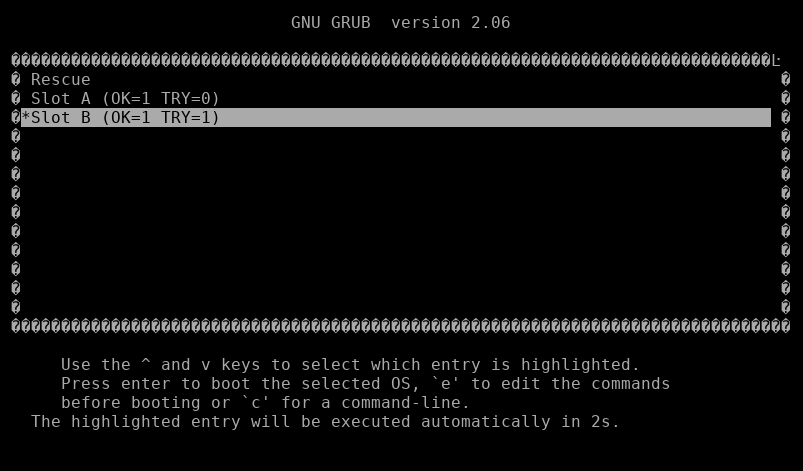

several hours !īut once it will be done you will have the power to emulate your distro in Qemu !

Initialising tasks: 100% | #| Time: 0:00:01ĭepending on the performance of your machine it will last from several minutes to. The standard example is a QEMU full-system emulation, making it. The key to remember is that Yocto itself isn’t actually a distribution but rather a framework that lets you build them. Check that qemu-system-arm -M lists raspi3b and then specify kernel, DT and SD directly. Yocto is an umbrella project that focuses on open-embedded core which outputs Linux distributions for embedded systems regardless of hardware architecture. This is different from a Raspberry Pi, especially a 64-bit one. runqemu will configure QEMU to emulate exactly that board. To quit the emulation, press CTRL+A followed by X. Yocto qemuarm Image is for ARM926EJ-S Versatile Board. At the prompt login, enter root or petalinux (for 2021.2 release and later) as the username and root as the password.

Meta-yocto-bsp = "master:a91448bf731ef29a841a93e991e7b75efb5f1e28" After you enter the above command, the QEMU boot sequence loads the Xen images and boots Linux. NOTE: Resolving any missing task queue dependenciesīB_VERSION = "1.43.1" BUILD_SYS = "x86_64-linux" NATIVELSBSTRING = "universal" TARGET_SYS = "i686-poky-linux" MACHINE = "qemux86" DISTRO = "poky" DISTRO_VERSION = "2.7+snapshot-20190829" TUNE_FEATURES = "m32 core2" TARGET_FPU = "" Note that after a building a platform project using the bitbake command, the pre-built kernel is automatically copied to the build directory tmp/deploy/images/. Loaded 1310 entries from dependency cache.


 0 kommentar(er)
0 kommentar(er)
